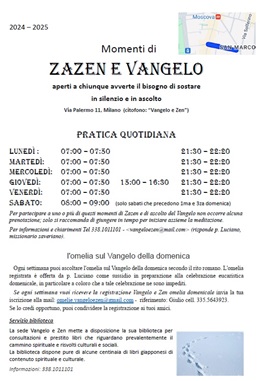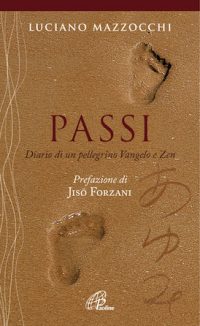This ancient form of Christian devotion towards the Sacrament of the Body of Christ developed during the thirteenth century and was further emphasized during the seventeenth-nineteenth centuries. Though the original purpose of the reservation of the Blessed Sacrament, dating from ancient times, was to bring it to the sick who could not attend the Eucharistic celebration and especially to the dying faithful, the presence of the Body of Christ was soon made an object of respect and adoration. After the thirteenth century, it developed into an important devotion in the Catholic Church, both as a private form of prayer, and also as a public, liturgical celebration.
This devotion took up so much importance in the life of the Church that it seemed at times to prevail over the actual celebration of the Eucharist. The second Vatican Council and its liturgical reform asked for a more balanced devotion towards the Sacrament of the Eucharist, putting the actual celebration of the Lord’s Supper by all the faithful gathered together with the presiding priest at the center of Eucharistic devotion. As a consequence of this greater emphasis on the Mass itself, in recent years the “adoration of the Eucharist” and other forms of Eucharistic devotion outside the Mass have been put aside. It is too easy for human beings to go from one extreme to the other! The Catholic position on this matter has been expounded by the Instruction Eucharisticum mysterium of 1967, and by the new rites “For Holy Communion and Eucharistic Devotion Outside of the Mass” published in 1973 (Marietti 1976: I, 899-965).
The adoration of the Eucharist outside the celebration of the Mass has been and still is for many Christians an important part of their spiritual life. Although the center of Christian liturgy and of Christian life is the celebration of the Lord’s Supper, the adoration of the Eucharist outside the Mass can great1y contribute, both to its deeper understanding, and, above all, its presence in every day life. This should in fact be the main purpose and the main fruit of Eucharistic adoration, that just as Christ remains present in the sacramental sign of this “broken bread” with his “self-giving” to the Father for the world, so his disciples who, in the Mass have united themselves to this sacrifice of Christ, by coming in contact again with this sacrament of his death and resurrection, should renew and continue their “communion” with him, giving themselves like him, to the Father for the world.
Theologically speaking, the “adoration of the Blessed Sacrament” should be first of all a continuation of the Mass itself in the life of the disciple of Christ. The word “adoration” or “worship” brings out only one aspect of the deep meaning of this “prayer before the Blessed Sacrament.” The suggestion made here of practicing zazen before the Blessed Sacrament would give a deeper meaning to this form of devotion, and try to inculturate it in a land where the Zen tradition has attained its highest development, offering at the same time a possible “point of contact” between the Christian and the Buddhist religious experience.
| Zazen « | » Silent adoration |





